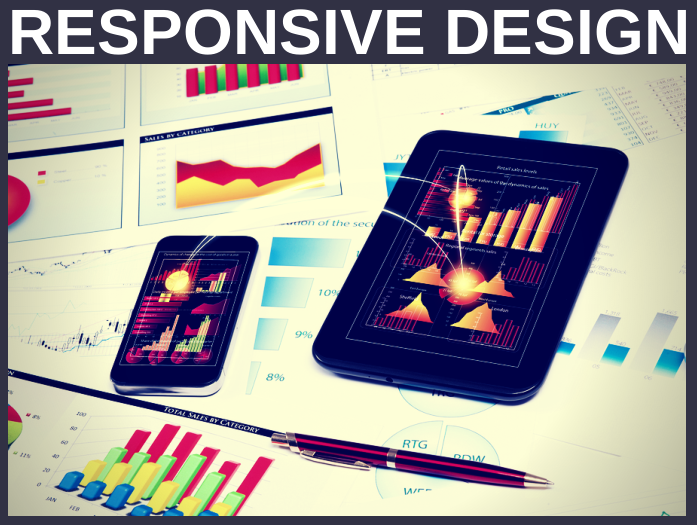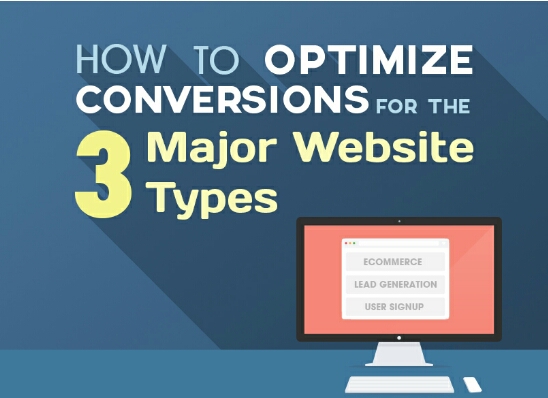4 Awesome Benefits of Website Responsive Design that You Did Not Know

Annoyed about users complaining about your web pages’ inconsistent display across different screen dimensions? With the increased usage of tablets and smartphones, people access websites from different gadgets, and not all websites have the capability to adjust their web pages accordingly. And in today’s socially vocal times, a lot of users leave highly visible complaints. The names of the rigid websites get tagged with “outdated” and that news passes like a wild fire in a dry jungle. Don’t let your site get caught up in that fire.
And if this isn’t enough, check some of the other benefits, too.
1. Making the best out of SEO strategies
How about if we tell you can also save the amount of time, which you spend on maintaining multiple sites? Yes, responsive design allows you to handle one website with just a single group of hyperlinks. This is a godsend if you’re managing Search Engine Optimization (SEO) strategy to expand the outreach by running multiple sites. So by having a responsive design website, you can focus only on one site, targeting the unified strategy across multiple devices. Today, in the fight to be on the primary list of search engines, responsive sites can provide to be a very vital tool.
2. The ease of monitoring and analyzing data in one single report
Creating one single responsive site will help to consolidate the analytics and reports derived from tracking user journeys, redirections and funnels between sites, and conversion paths. The heap of data generated from the tracking and analytics will be condensed into a single report. You know how much easy monitoring and analyzing turns when you have to refer to only one single report.
3. Consistency in look and feel of the web pages
Now let’s shift the attention back to the user’s viewing experience. Using standardized style sheets across different platforms and a unified design will give the user a more consistent look– a uniform environment – while navigating through all your web pages. This consistency in user’s navigation experience will also add to your conversion rates.
4. Offline browsing
And since we are discussing user’s viewing experience, what about the offline browsing scenario? Responsive design provides the offline browsing capabilities of HTML 5. Email newsletters will be available on the move and in the absence of an internet connection. The advantages of responsive sites will be more and more visible as the demand for HTML 5 enabled tablets and smartphones will increase.
In the age of information, catching up with the latest trend is very important for survival. Being outdated is out of the question. You might be having the most fascinating content to offer on your sites. But if the visitors to your site fail to have the optimal experience which they were looking forward to, they will immediately prefer other upgraded websites. Better viewing experience is the way to generate better traffic for your site. Think about it.












